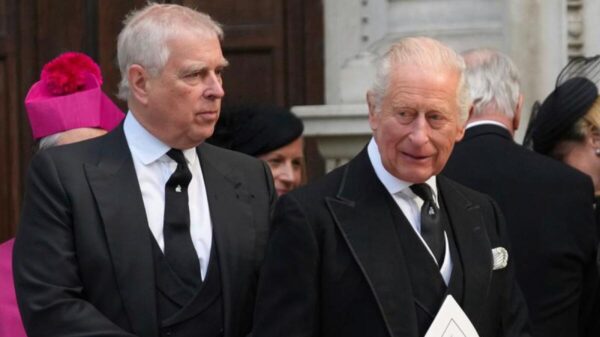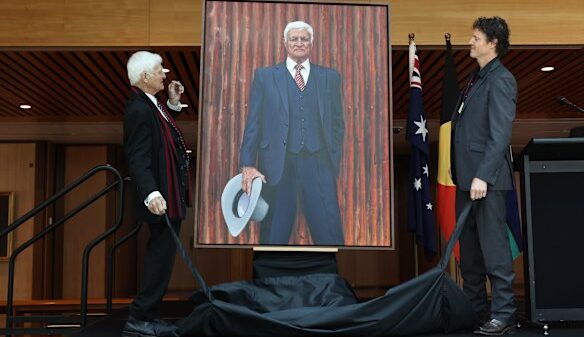JUST ANNOUNCED: Brunswick author Greg Gardiner has released a groundbreaking new book titled Tram, offering a deep dive into the history and personal impact of Melbourne’s iconic tram network. This 348-page memoir, which Gardiner spent over five years crafting, explores every inch of Melbourne’s extensive tram system, highlighting why the #19 tram on Sydney Road stands out as his favorite route.
In an exclusive interview over coffee near the Brunswick Tram Depot, Gardiner passionately shared, “I think the 19 is absolutely magnificent. There’s so much history in the street; it’s right there in front of you all the time.” His unique perspective as a former tram conductor and driver enriches the narrative, blending historical facts with personal anecdotes.
The book features 47 chapters, including vivid accounts of tram journeys and the essential roles of conductors and gripmen. Gardiner emphasizes that trams are not just a mode of transport but are woven into the very fabric of Melbourne life. “Melburnians often start their stories with ‘I was on the tram’,” he explains, highlighting the emotional connection residents have with the trams.
Gardiner’s research began at the Victorian Parliament’s Library and reveals how Melbourne’s tram system, which spans a staggering 250 kilometers and serves over 160 million passengers annually, has thrived against the odds. He meticulously recounts efforts in the 1920s and 1950s to dismantle the network, thwarted by passionate advocates like Major-General Robert Rissom.
WHAT’S NEXT: As Melbourne continues to expand, Gardiner advocates for increasing tram numbers to combat anticipated traffic congestion. “With five million cars on the roads, we need to double our tram fleet,” he argues. His vision includes extending tram routes into suburban areas and enhancing community connections.
The book is available for borrowing at the Brunswick Library and can be ordered online through platforms like Books Online and Amazon. Gardiner’s work not only illuminates the historical significance of trams but serves as a call to action for preserving and enhancing this vital transportation system.
As urban planners and citizens look to the future, Gardiner’s insights provide a timely reminder of the enduring legacy and potential of Melbourne’s trams. Don’t miss out on this compelling read that bridges personal narrative with the rich history of a beloved city icon—Tram is set to inspire and educate for years to come.

































































